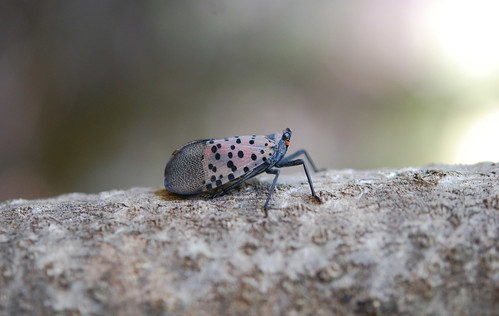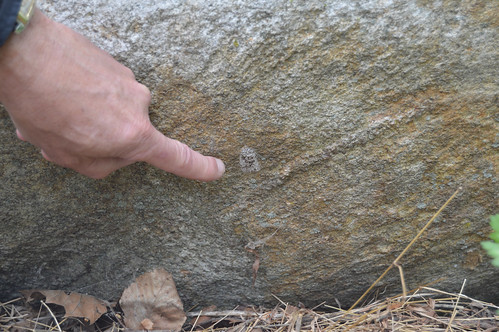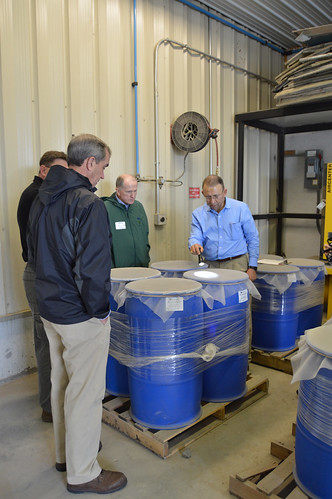
An adult spotted lanternfly (Photo courtesy of Bugwood)
Last year, an invasive pest known as the spotted lanternfly was found in the United States for the first time ever in Berks County, Pennsylvania. Tucked away in Pennsylvania Dutch Country, Berks County may seem an unlikely location to find a foreign pest, but with today’s global economy unwanted pests can show up almost anywhere.
In response, the U.S. Department of Agriculture’s Animal and Plant Health Inspection Service (APHIS) is working closely with the Pennsylvania Department of Agriculture (PDA) to stop this pest from spreading. APHIS has already contributed more than $1 million in Farm Bill funding to support the response effort in Pennsylvania, and PDA quickly established a quarantine area and regulated the movement of potential host material to help protect other communities.
Not only does APHIS have the steadfast support of PDA, but Berks County’s citizens have also stepped up to help. Along with PDA employees, they are putting sticky bands around host trees to catch the pest and identify its full range. They are also conducting extensive outreach to educate the local community about the spotted lanternfly. This unprecedented level of cooperation gives us a real chance of successfully eradicating this invasive pest before it has the chance to spread to other towns and States.

Spotted lanternfly egg masses can be hard to spot making it easy to unknowingly transport them on vehicles and other outdoor items.
The infestation in Berks County most likely originated from one of several Asian countries, including China, India, Japan, South Korea and Vietnam, where the spotted lanternfly is endemic. Despite its distinctive red and black-spotted wings, the lanternfly can only walk, jump or fly short distances. Its long-distance spread is made possible by people who unknowingly move infested material or vehicles containing egg masses.

APHIS Administrator Kevin Shea points to the sticky bands being placed around the trunks of host trees, such as tree of heaven, to identify the range of spotted lanternfly nymphs.
Spotted lanternfly nymphs and adults cause damage when they feed, sucking sap from stems and leaves. Adults prefer to feed and lay eggs on the tree of heaven (Ailanthus altissima). If allowed to spread in the United States, this pest could seriously harm the country’s grape, orchard, and logging industries. We have reached out to researchers in Korea to learn more about this destructive pest, and PDA is conducting research on the ground to see if removing Ailanthus host trees, which also happen to be invasive, and chipping the wood effectively kills spotted lanternfly nymphs.

Spotted lanternfly nymphs hatch from egg masses and emerge in the spring.
This is not our first battle with a destructive, invasive pest in Pennsylvania. In 2009, we successfully eradicated plum pox virus from the State after working diligently with PDA, industry and Pennsylvania State University over the course of a decade. My hope is that we caught the spotted lanternfly early and with the support of PDA and the local community we can successfully wipe out this pest too.

Osama El-Lissy, APHIS’ Deputy Administrator for Plant Protection and Quarantine, looks for spotted lanternfly nymphs emerging from host tree material in research barrels to show APHIS Administrator Kevin Shea and Associate Administrator Mike Gregoire.
No comments:
Post a Comment
Note: Only a member of this blog may post a comment.